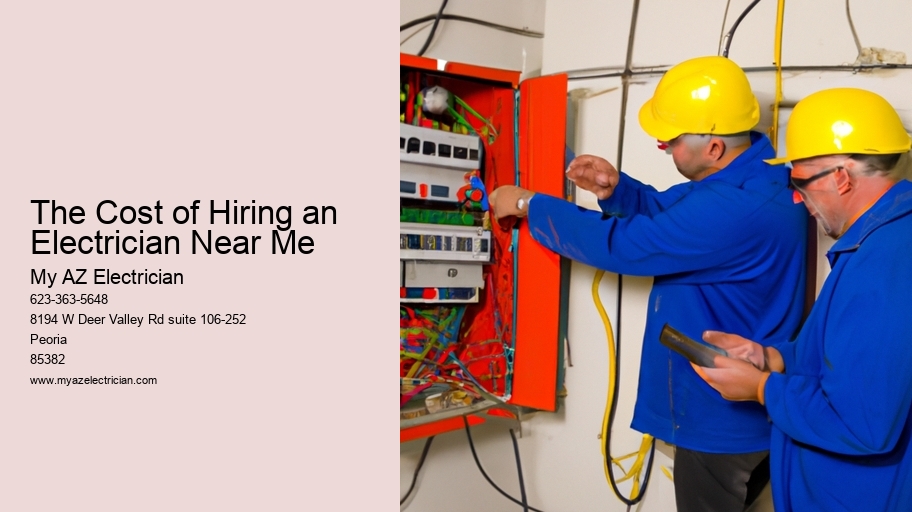In the vast and intricate world of electrical systems, common problems can disrupt the flow of power and productivity. Like a hiccup in the symphony of technology, these glitches can cause frustration and hinder daily operations.
However, fear not, for there are solutions to these challenges. By understanding the underlying causes and employing the appropriate remedies, we can restore harmony and ensure the smooth function of our electrical networks.
Join us as we delve into the realm of common electrical problems and unveil the solutions that lie within.
Identifying and Fixing Flickering Lights
One effective method for identifying and rectifying flickering lights is to thoroughly inspect the electrical connections and wiring within the lighting system.
Flickering lights can be caused by loose connections, faulty wiring, or overloaded circuits.
To begin the inspection process, it is important to turn off the power to the lighting system to ensure safety.
Carefully examine the connections at the light fixture, switch, and junction box.
Look for any signs of loose or frayed wires, as these can cause intermittent power supply and result in flickering lights.
Additionally, check for any signs of overheating or burnt marks, which may indicate a wiring issue.
If any problems are found, it is recommended to consult a licensed electrician for further evaluation and repairs.
Troubleshooting Tripped Circuit Breakers
How can you effectively troubleshoot tripped circuit breakers in a professional manner?
Tripped circuit breakers can cause power outages and electrical malfunctions in your home or workplace. Here are some steps to help you troubleshoot and resolve the issue:
Identify the tripped circuit breaker by checking the position of each breaker in the electrical panel.
Carefully reset the tripped circuit breaker by firmly pushing it to the 'off' position, and then back to the 'on' position.
If the circuit breaker immediately trips again, try unplugging any devices or appliances connected to that circuit.
Inspect for any signs of electrical damage, such as frayed wires or burnt smells.
If the problem persists, consult a licensed electrician for further investigation and repairs.
By following these troubleshooting steps, you can effectively address tripped circuit breaker issues and ensure the safety and functionality of your electrical system.
Next, we will discuss the topic of 'resolving non-functioning electrical outlets'.
Resolving Non-Functioning Electrical Outlets
Effectively addressing non-functioning electrical outlets is crucial for maintaining a safe and functional electrical system. When an outlet fails to work, it can be frustrating and inconvenient. However, it is important to approach the issue with caution and follow the necessary steps to resolve it.
Firstly, check the circuit breaker to ensure it hasn't tripped. If the breaker is fine, proceed to examine the outlet itself. Start by turning off the power supply to the outlet and carefully remove the cover plate. Check for loose or damaged wires, and if any are found, tighten or replace them as needed.
If the wires are intact, the issue may lie with the outlet itself, in which case it should be replaced promptly by a qualified electrician.
Regular inspection and maintenance of outlets can help prevent future problems and ensure the safety of your electrical system.
